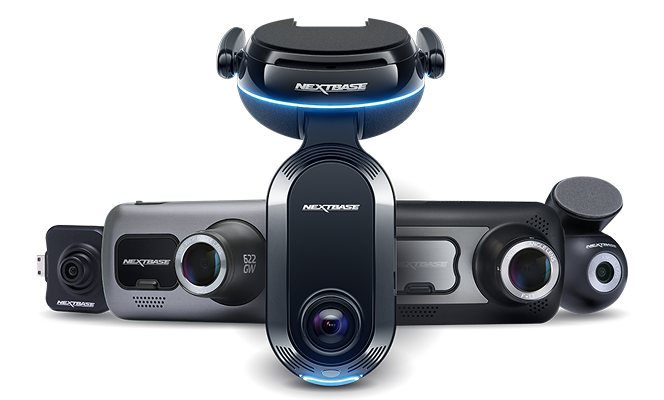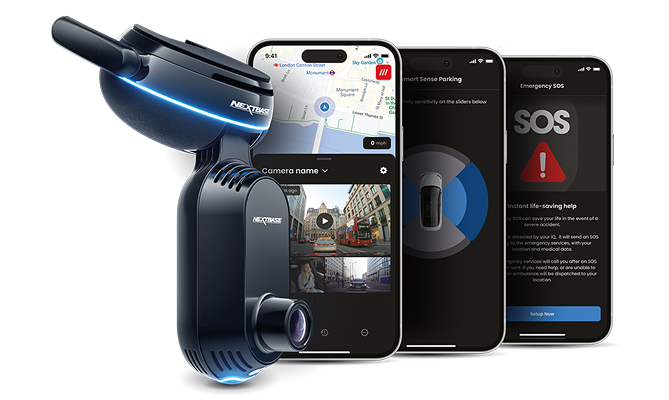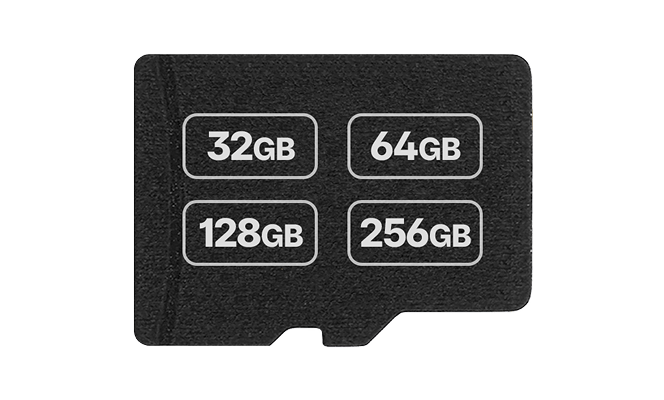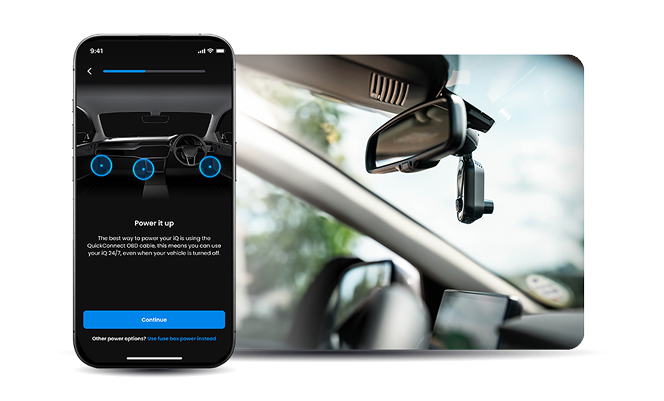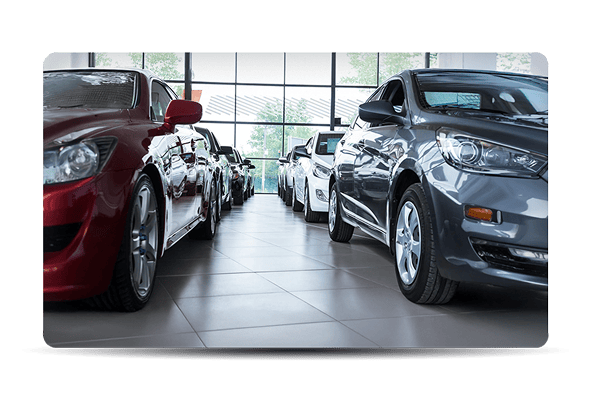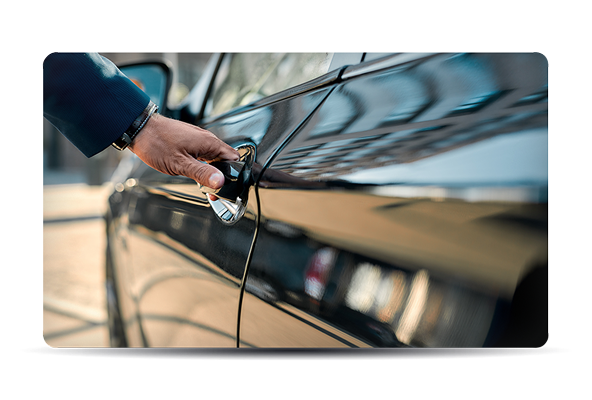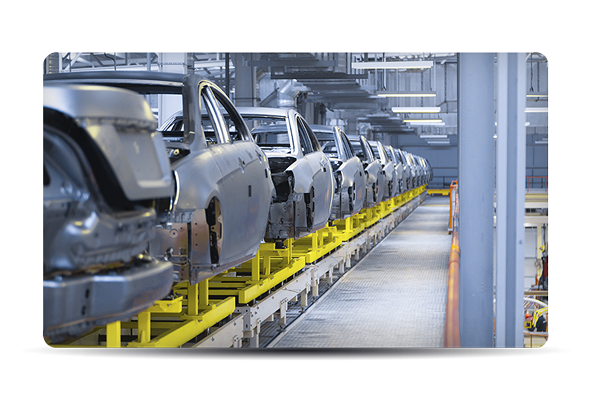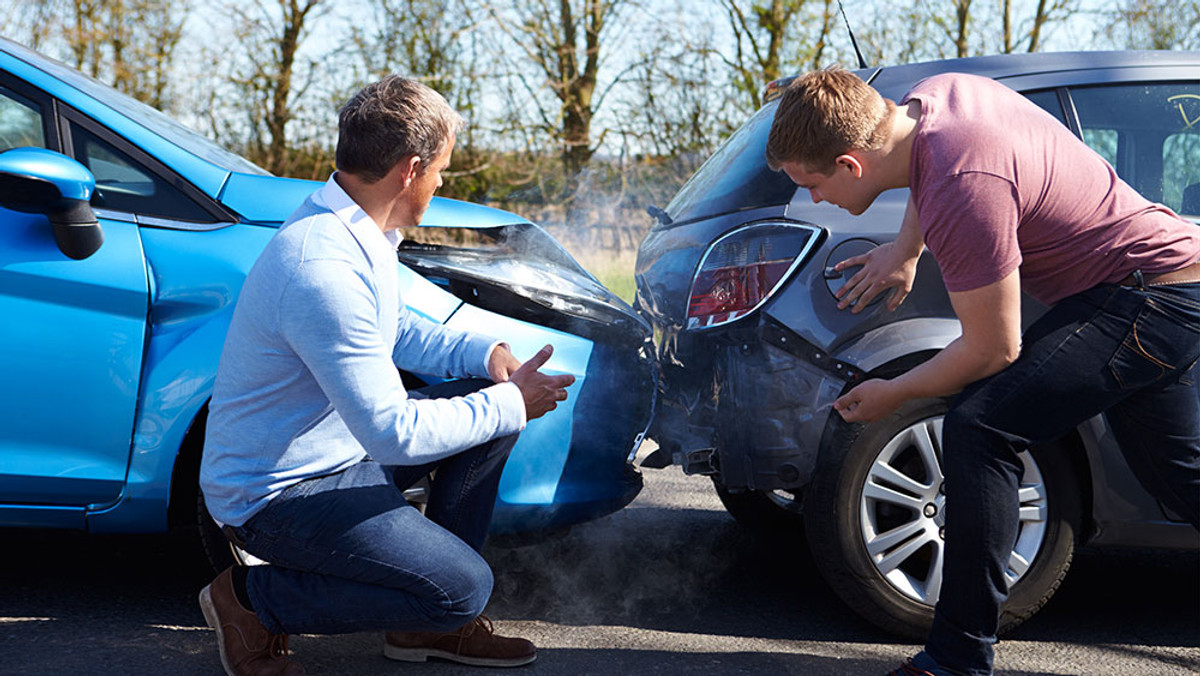Cars start off life with flawless, smooth, and shiny bodywork, but over time stone chips, scratches and other marks can damage the paintwork, making the once pristine surface look pockmarked and battered.
One way to help prevent this decline, which can make your car look older than it is as well as reducing its resale value should you want to sell or upgrade, is looking into protecting the paintwork. But what are your car paint protection options, and which is best for you? Below we explore the five most common car protection options, from low-cost DIY solutions to high-end professional treatments, to help you decide.
1. Paint protection films
Applying quality preservative film for car protection, or new car paint protection, is not a cheap option but it is one that is highly effective at stopping car paintwork from getting damaged by scratches or stone chips or dulled by UV rays. With this method, which requires a professional, a clear plastic film is applied to as much of the car as desired – whether that is just the front, or the whole vehicle. It’s not a total and complete solution – visible scratches will build up on the plastic over time, so the car paint protection may need to be reapplied, but it lasts longer than any DIY or even professional spray-on products, and the actual paintwork itself will remain pristine and scratch-free regardless of any marks on the plastic car protection film layer.
2. Invest in a dash cam
A Nextbase dash cam can protect your vehicle even while it is stationary, through Intelligent Parking Model which records any bump, collision or physical movement even while the car is parked up through increased sensitivity of the G Force sensor. This car security camera system gives you extra peace of mind for car protection, and because it automatically switches on and starts recording for 30 seconds when it detects motion, any damage can be monitored and captured on camera, and then shared with the police and insurance company as needed, boosting safety and security.
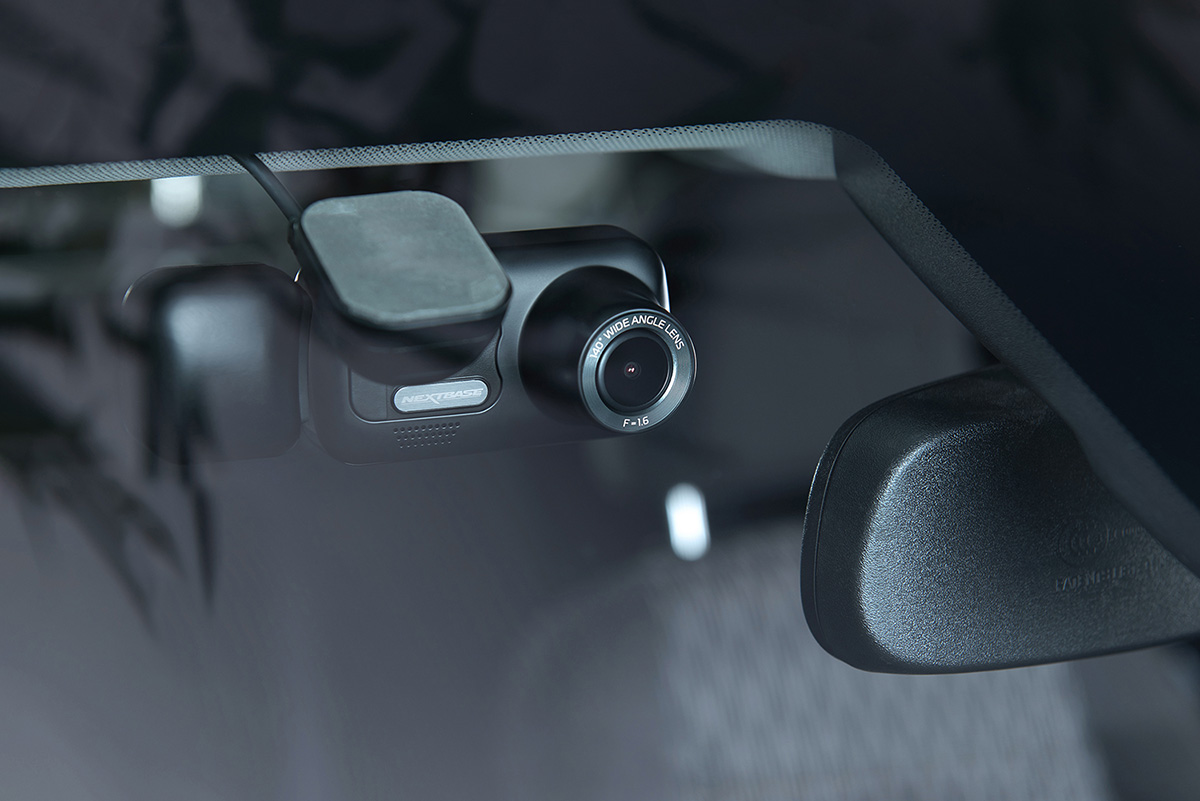
3. Paint waxes
After you wash your car, applying a layer of wax afterwards to all the bodywork adds a small layer of car paint protection to your vehicle by sealing the topcoat. This isn’t significant and won’t automatically stop paintwork damage or chips from occurring, but it is a low-cost option that offers some protection and peace of mind and can be easily done at home. Applying paint sealant is another option – but some treatments can take a while to dry, so require either good weather or a garage to store your vehicle in while that is taking place – but depending on the brand used, some can last for a while.
4. Car covers
Chips and scratches are not the only hazards facing car paintwork – everything from the sun’s rays to bird poo and tree sap, not to mention damage caused by careless passers-by, can also play havoc with it, causing the bodywork to become damaged or lose its shine. This is especially true as the average age of cars on the road keeps increasing, with vehicles both built to last longer, and owners investing more time and money in keeping them properly maintained. One way to achieve car protection from external elements and extend the life of your paintwork is a car cover. This acts as a second layer to your car, keeping it safe from acid in bird poo and tree sap, and reducing the number of other steps needed to preserve your car’s bodywork. As they take time to put on and take off, car covers can also act as a deterrent to car thieves.
5. Be mindful where you park your car
A great deal of damage can happen to your car’s paintwork while it is parked. This can range from passers-by accidentally or deliberately scratching it with keys, to acid in tree sap or bird poo causing corrosion to the paintwork. So it follows that taking care over where you park your car can have significant dividends for car protection, including sports car protection. If you have the option, using garage car protection will secure your car while it is parked, but often drivers only have open-air alternatives to choose between. In this case, choosing a well-light and populated area can minimise the chances of vandalism, while avoiding parking under trees, awnings or other structures that might drop sap or be attractive resting places for birds can help prevent natural elements damaging the paintwork.

